From grape to glass: a brief history
In part due to its geographical location, winemaking in Ribera del Duero dates back more than 2,000 years ago. Head to the town of Baños de Valdearados to find a 66-metre Roman-era mosaic of Bacchus, the god of wine – a relic of the region’s winemaking origins. Today, there are approximately 300 wineries stretching for 70 miles in the Ribera del Duero. The most prominent wineries are centred around the municipalities of Burgos, Valladolid, Soria, Segovia and Pesquera, where the nearby Vega Sicilia winery has been frequented by some prominent names, including King Charles III.
The Ribera del Duero region is made up of a combination of elements, which together form the perfect winemaking conditions. The soil consists of soft sand, limestone, marl and chalk-like concretions, which create a porous surface for water absorption. The vines are scattered across both sides of the Duero Valley, which offers a sheltered environment for them to thrive in.
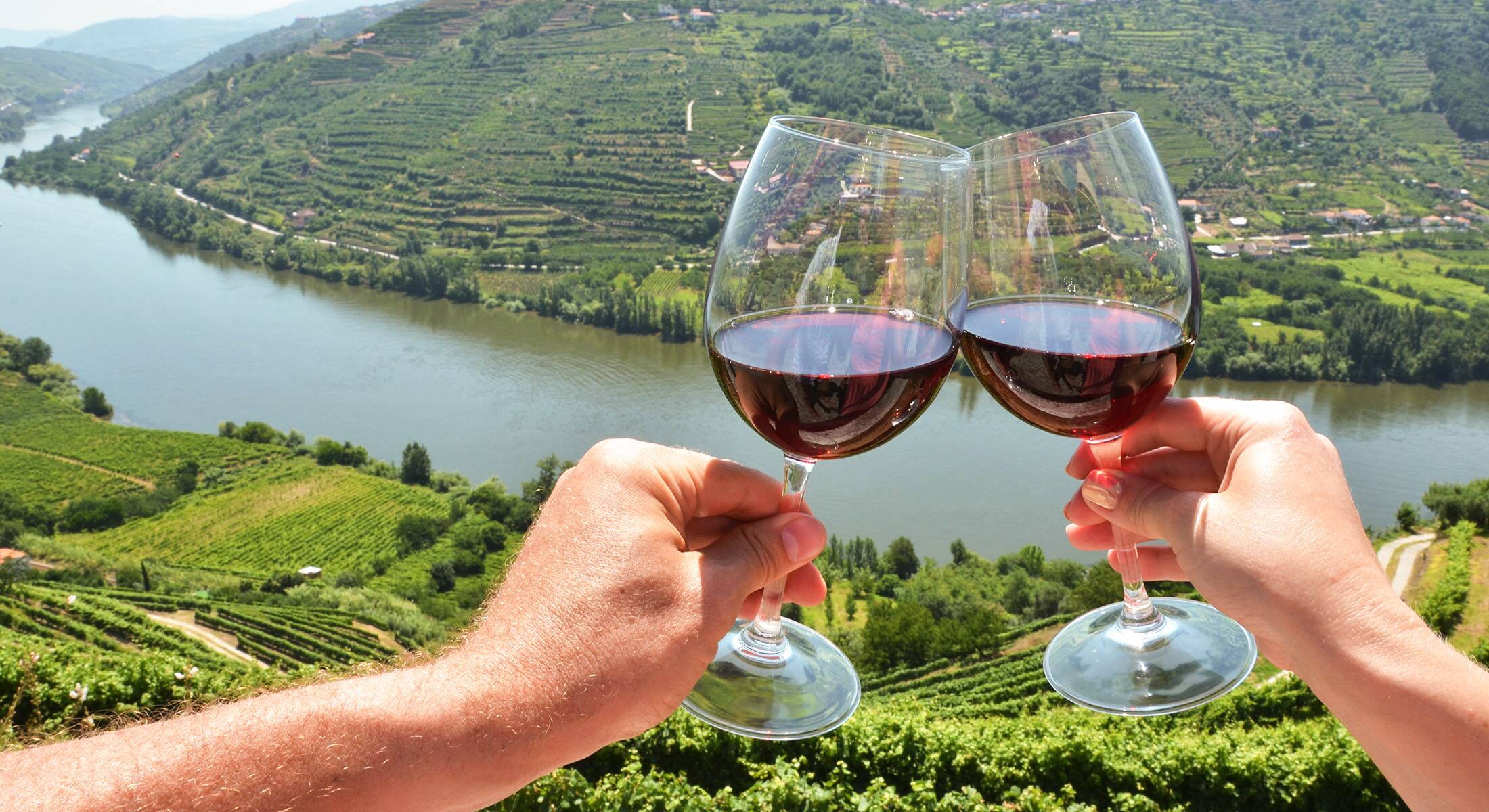
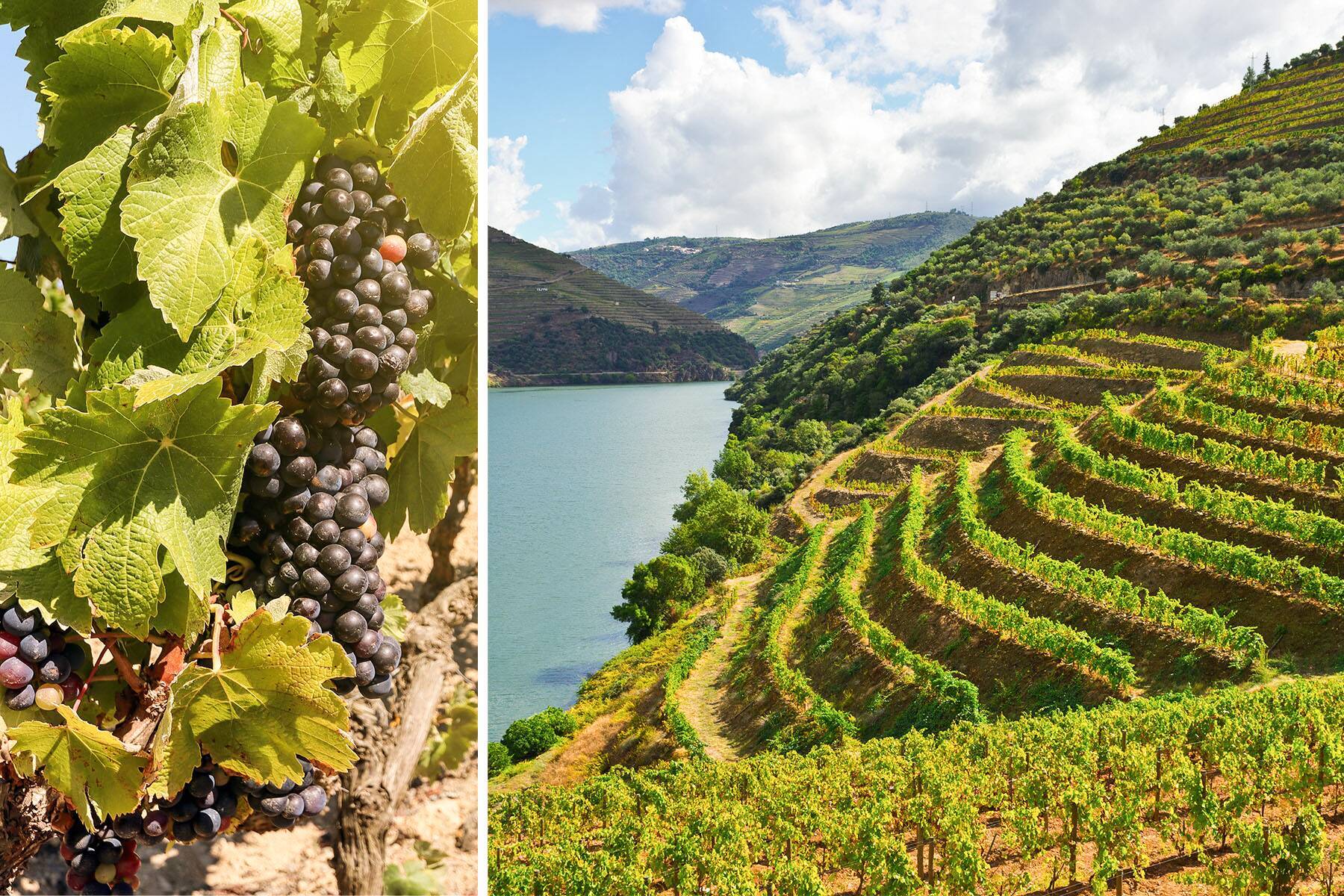
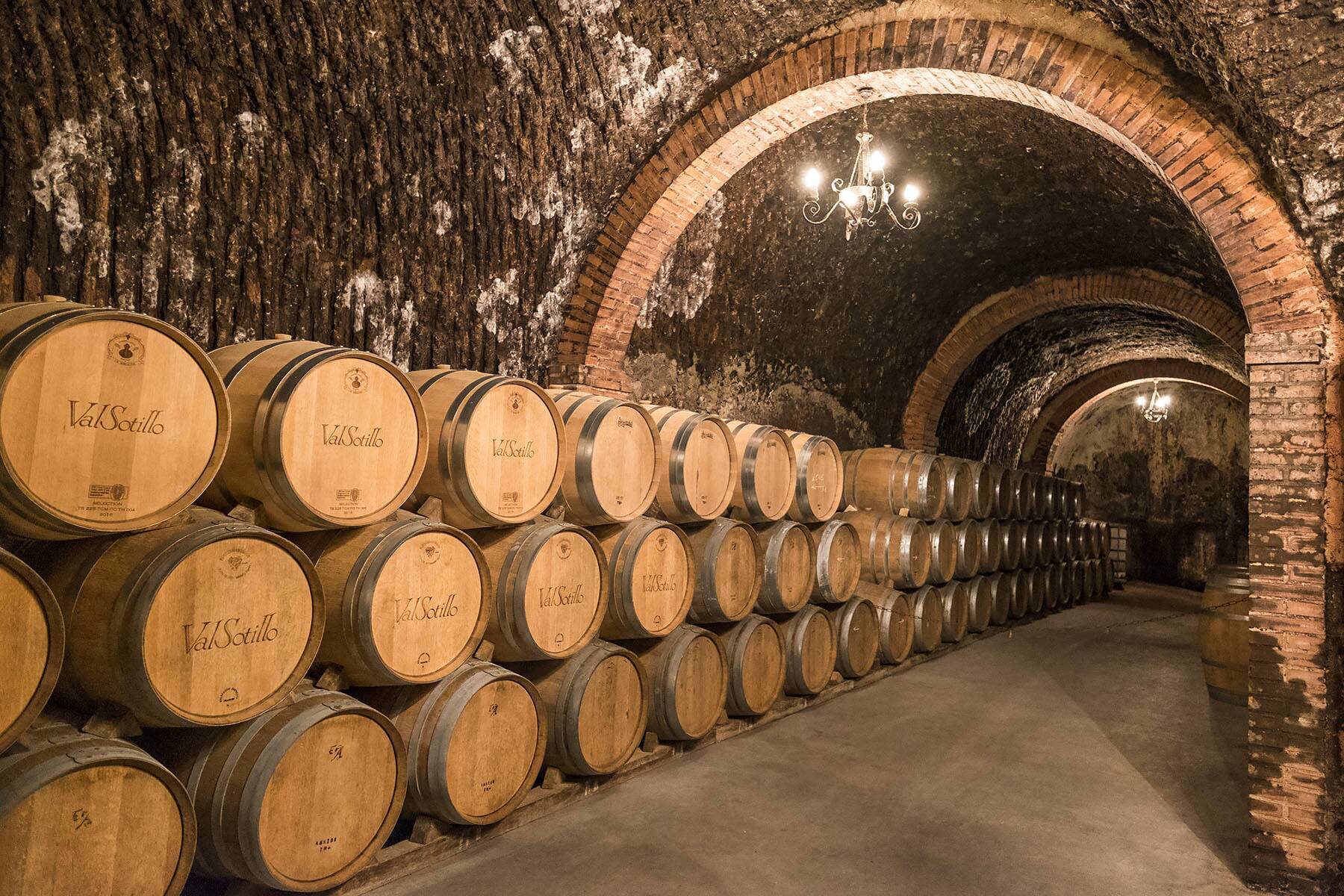
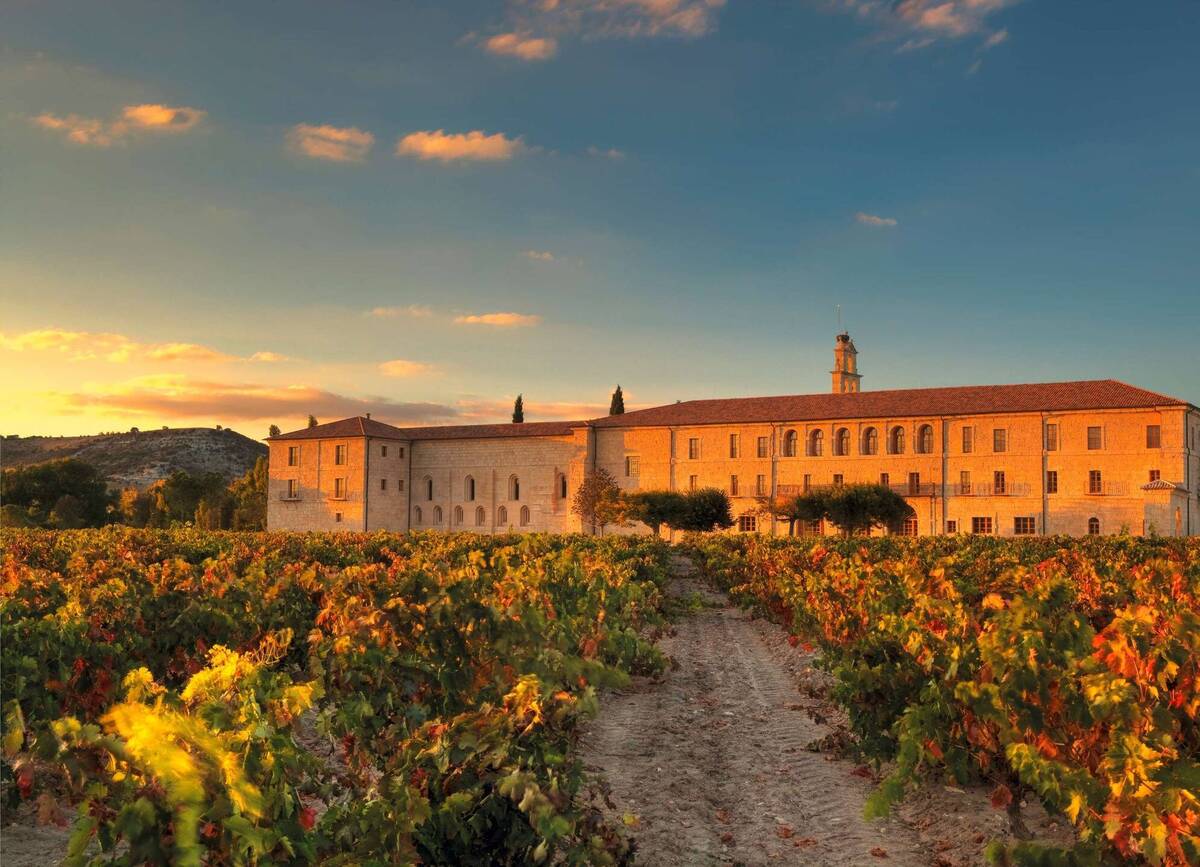
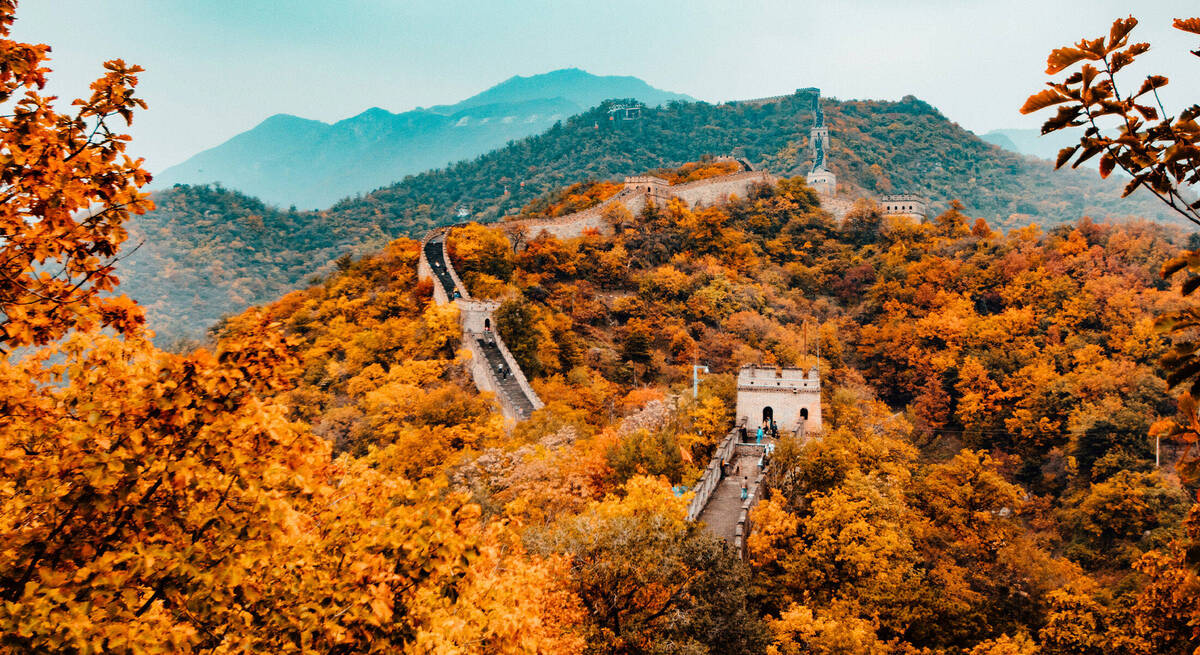

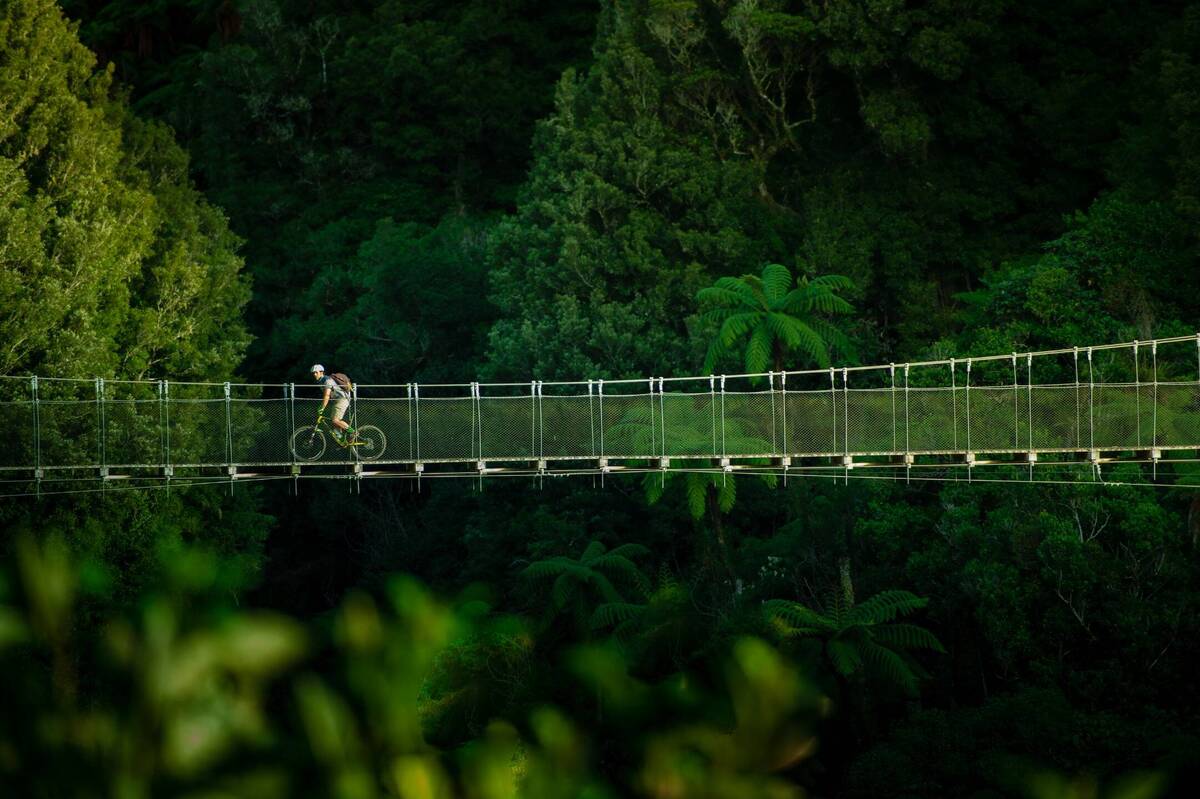













Comments